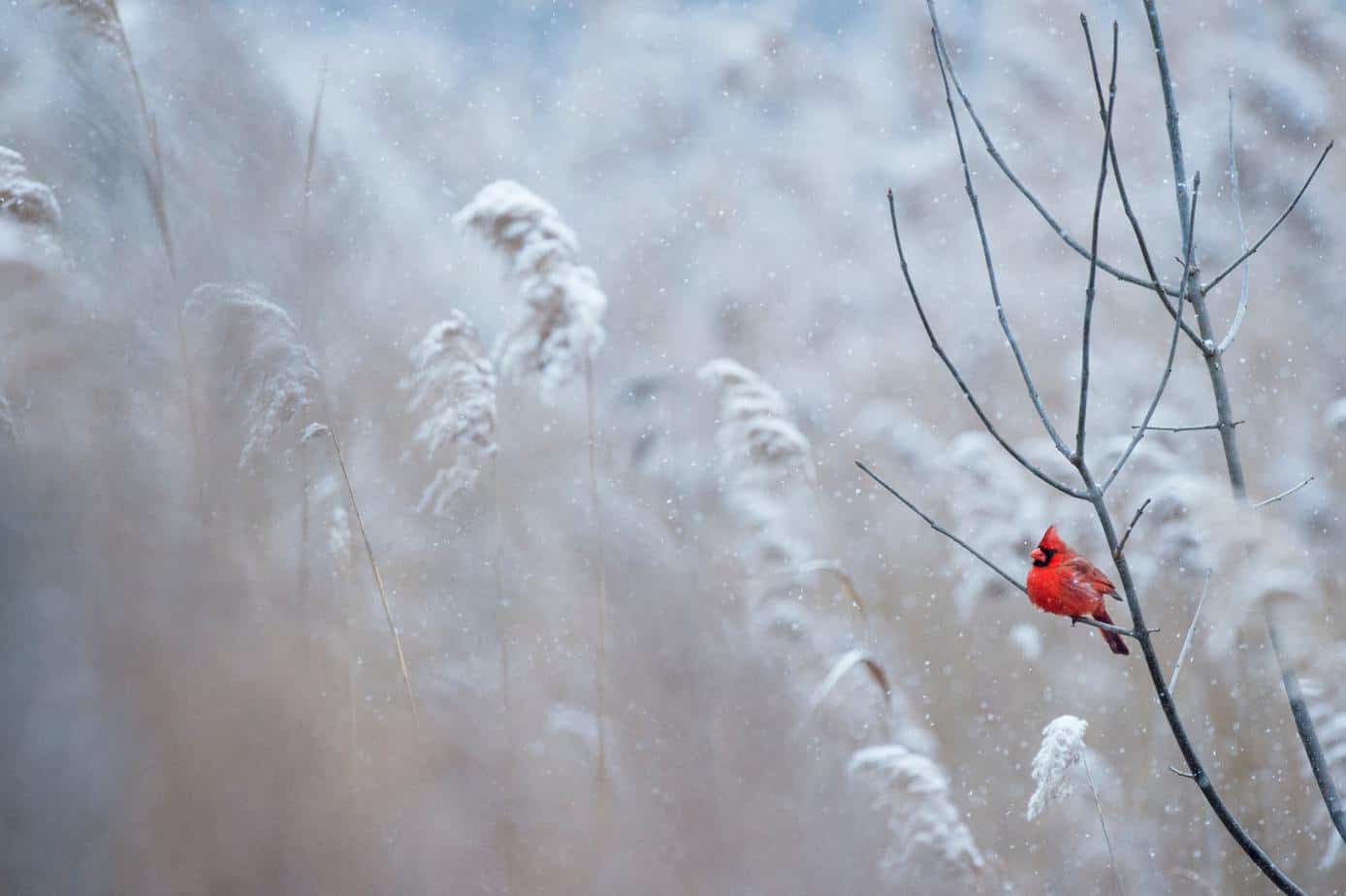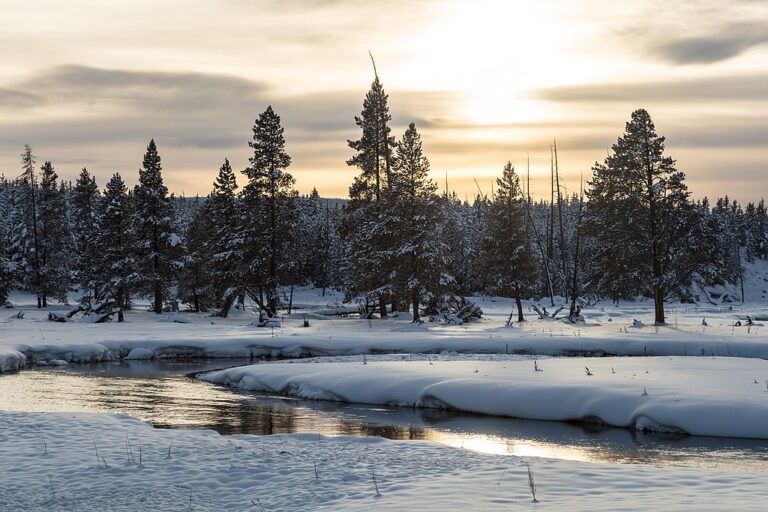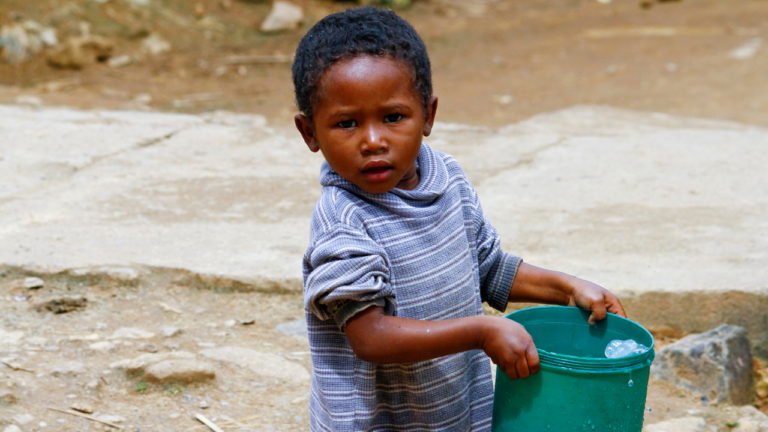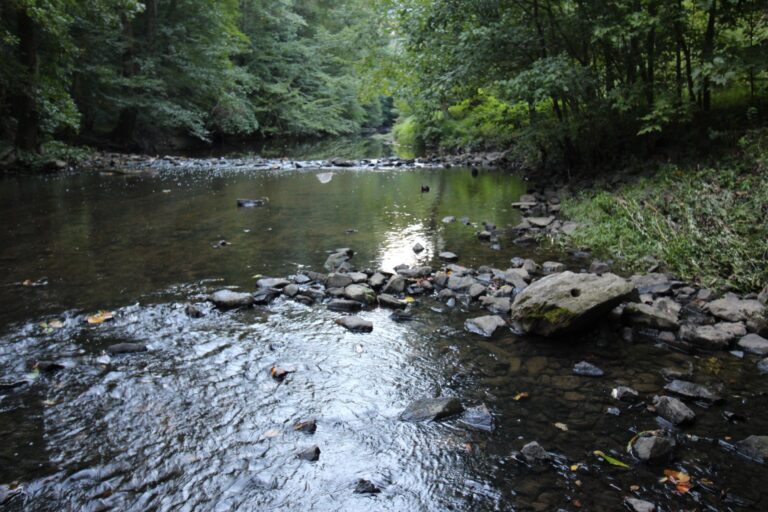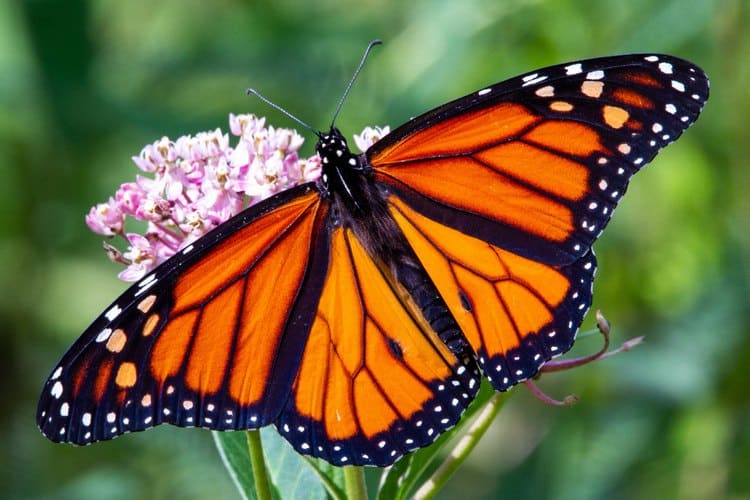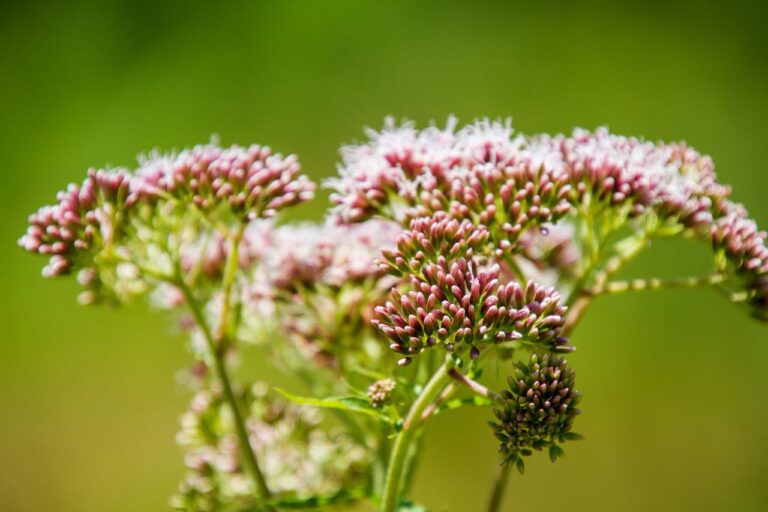Community Science: How to Help Count Birds for Audubon Each Christmas
We don’t know about you, but purposeful field trips are always such great fun for us. It feels amazing to get outside and work toward a common goal that helps us and others learn more about the world. One way to have a purposeful field trip experience is by participating in community science projects. Scientists use the data collected by ordinary people to inform their research and writing.
The Christmas Bird Count is Audubon’s “early-winter bird census, where thousands of volunteers across the U.S., Canada, and many countries in the Western Hemisphere go out over a 24-hour period on one calendar day to count birds.” (source). All levels of birding expertise are a-ok, which makes this an awesome citizen science project for families, homeschoolers and ornithology buffs of all ages. The Christmas Bird Count is free and open to all. Participation must be arranged in advance through the individual compilers, who run and manage their own counts.
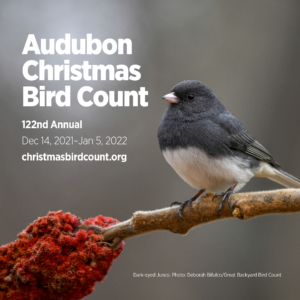
Why is the Christmas Bird Count important?
This project has been going on for more than a CENTURY. In fact, the 2021-2022 count is the 122nd Christmas Bird Count. Talk about a robust data set! Scientists actively use these data to research and write about things like climate change – a hot topic in the birding world now!
Interested in learning more about the history of the Christmas Bird Count? Read more and view a short video here.
How does the Christmas Bird Count work?
During each Christmas Bird Count, participants are teamed up with other birders (more on how that works HERE) and head to locations within their birding “circle” (a designated local geographic area). While in the field, birders identify and count the species they see, then report that information back to the “circle coordinator” who is in charge of getting the bird counts to Audubon.
Audubon then puts all of the data into a publicly available database that scientists use to inform their research. Currently, there are more than 300 peer reviewed papers that have used the data collected by citizen scientists like YOU during the Christmas Bird Count. Check out the robust bibliography here.
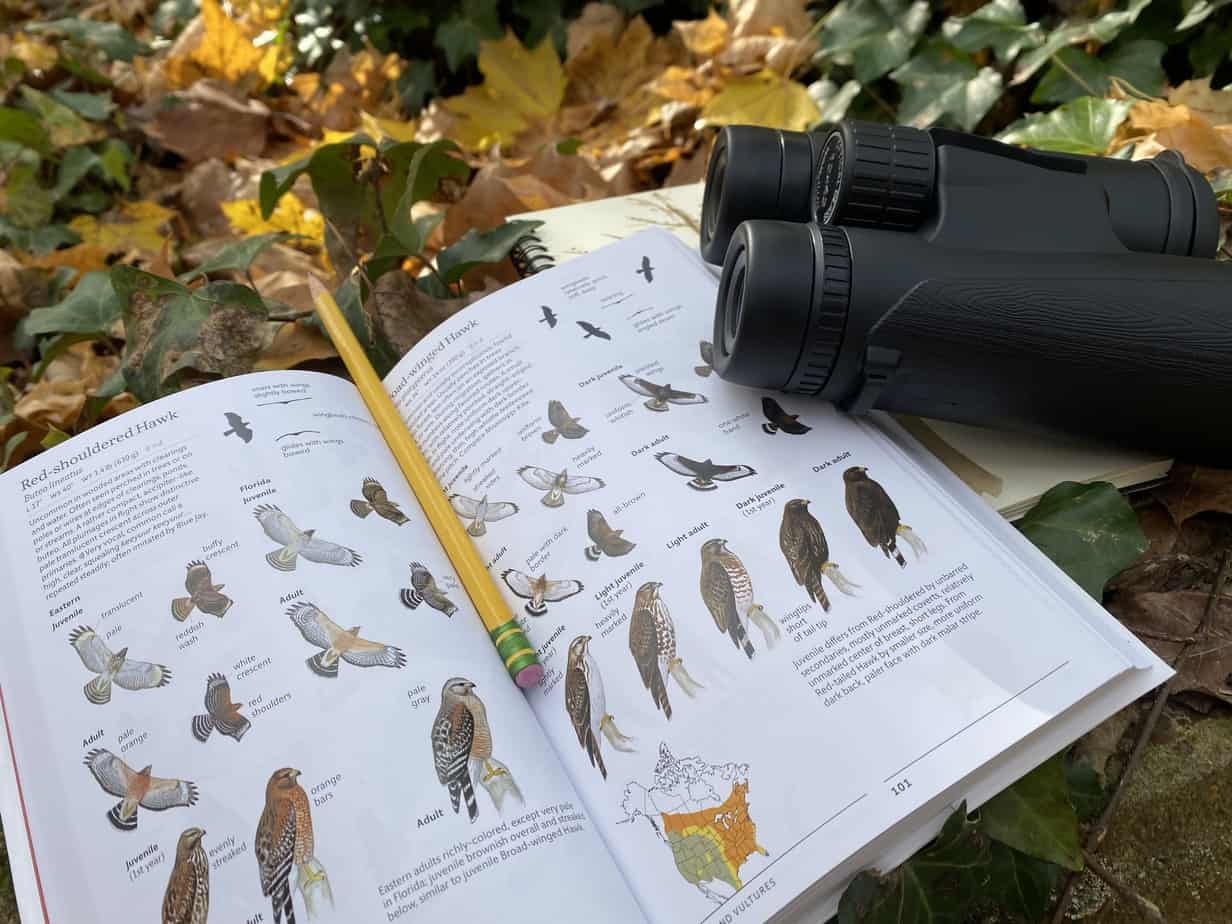
How can I participate in this community science project?
Audubon really wants the CBC to be inclusive and open to all people and all birding levels. Your circle coordinator has instructions on how to make the count day fun for everyone, because one of their big goals is to GET YOU TO DO IT AGAIN NEXT YEAR!
Signing up for the Christmas Bird Count definitely feels “old school” to us. There’s no online option to click to easily sign up to participate. Instead, you have to actively seek out your preferred geographic location to birdwatch (do that HERE), enter your address, then contact that area’s “circle coordinator” via email or phone to get more specific information about how to participate.
On the day of your local Christmas Bird Count, you’ll head out into your designated circle with other birders to count birds.
Want to see if there are birding circles near you? Find your local count circle here (enter your address, then zoom out to view the circle that exists where you live. The pop up will show you contact information and event details.) My town’s count day is December 18.
Hot tip: if your home is within a count circle, you’ll be able to stay at home and count birds on the count day, as long as you arrange this in advance with your count compiler. You can even count birds at your bird feeder, as long as you follow the guidelines set by Audubon.
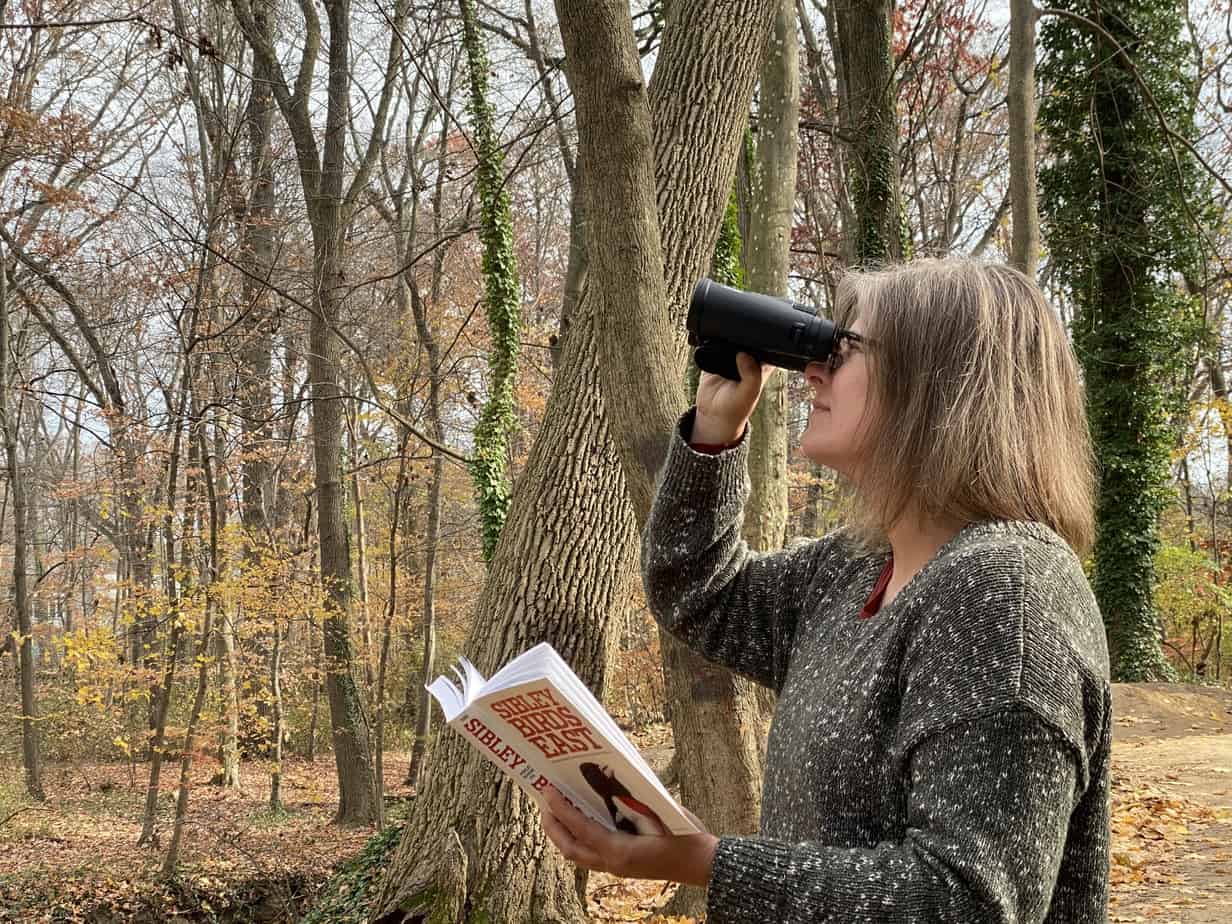
What’s the time commitment for this community science project?
Each circle coordinator chooses ONE day during the Christmas Bird Count window to conduct their bird count (it’s always December 14-January 5). Leading up to the bird count day, the circle coordinator will be making teams, and planning birding locations for the big day. Don’t worry – if you’re a newbie birder, you will be initially paired with someone who is an expert. Your Circle Coordinator will let you know when and where to meet your group on the day of the count, as well as give you details about what to wear/bring.
Birding expertise plays a big part in how the circle coordinators break people up into teams, so be sure that you let your coordinator know your level of development! (FYI: The Field Trip Academy’s resident bird expert is Sue, while Kelly is a total newbie! We’re both planning on participating in the CBC this year!)
When I went through the sign up process for my neighborhood, the circle coordinator sent me an email within a few days and it was easy-peasy to get involved from there. This year we’re starting at 5:30 AM with OWLING just a few minutes away from my home! You can spend as much or as little of the day on the Christmas Bird Count as you wish. You’ll figure out logistics with your circle coordinator.
Learn more about the Christmas Bird Count on Audubon’s website!
FAQs about participating in the CBC
Want more community science projects in your life?
- Check out this FREE watershed community science field trip, Winter Salt Watch!
- Look ahead to another birding opportunity in February: The Great Backyard Bird Count.
- Plan a year of family-friendly fun with A Year of Community Science
- Download our FREEBIE: “9 Hands-on Community Science Projects“.

